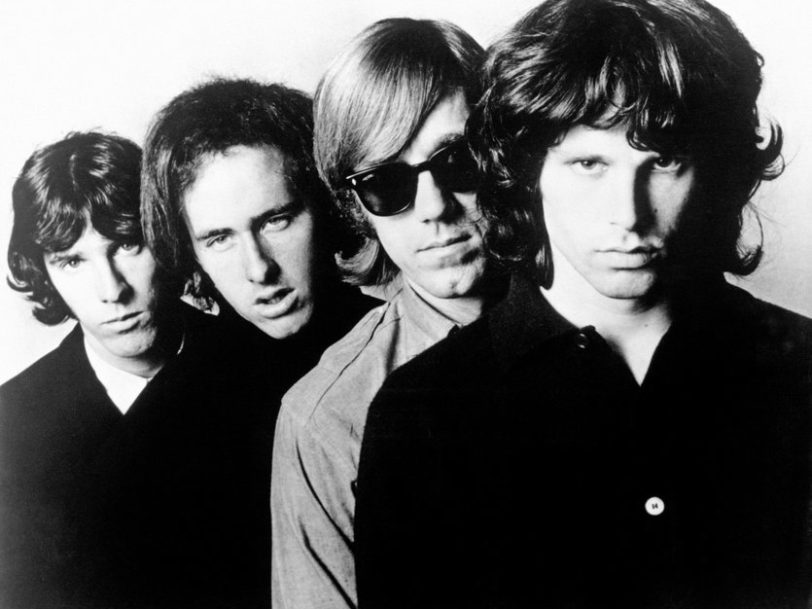The Doors’ signature hit, Light My Fire, topped the Billboard Hot 100 and turned its creators into one of the best rock bands of all time, but it’s since enjoyed a remarkable afterlife on its own terms. Spawning covers by artists as disparate as Stevie Wonder, UB40, Nina Hagen and Dame Shirley Bassey, it’s now widely regarded as a “standard”: a song with across-the-board appeal which transcends both era and genre.
Listen to the best of The Doors here.
Even on first listen, Light My Fire’s appeal is all too apparent. It’s a truly beguiling song, featuring one of Jim Morrison’s most seductive vocals, and stunning interplay from his three bandmates, keyboardist Ray Manzarek, guitarist Robby Krieger and drummer John Densmore. However, while there’s no denying this singular song’s genius, it had the humblest of beginnings and sprang primarily from necessity.
“Jim always talked about using ‘universal’ themes in lyrics”
When The Doors began playing shows towards the back end of 1965, they still had a meagre supply of original songs, and their live set was padded out with go-to covers such as Them’s Gloria and Willie Dixon’s blues standard Back Door Man. If they were to make a career out of music, the Los Angeles quartet needed their own material, but while Jim Morrison had already emerged as the band’s primary lyricist, he urged his colleagues to start writing, too.
“When Jim tasked us all with bringing in original material, though, I was the only one who gave it a shot,” guitarist Robby Krieger wrote in his 2021 memoir, Set The Night On Fire: Living, Dying And Playing Guitar With The Doors. “Jim always talked about using ‘universal’ themes in his lyrics that would stand the test of time… It occurred to me that there’s nothing more universal than the four elements: earth, air, water… fire. There it was. The element that could warm you or burn you… A metaphor for love and lust, or a sly reference to lighting a joint.
“The Rolling Stones had previously cracked the Billboard 100 with a song I liked called Play With Fire, so I figured I was on the right track,” the guitarist continued. “I sat in my room strumming my Gibson SG Special with the Stones song on in the background and tossed phrases around until finally it clicked.”




